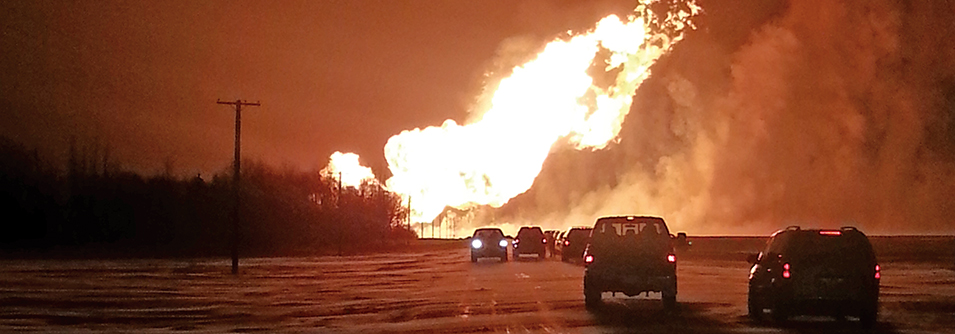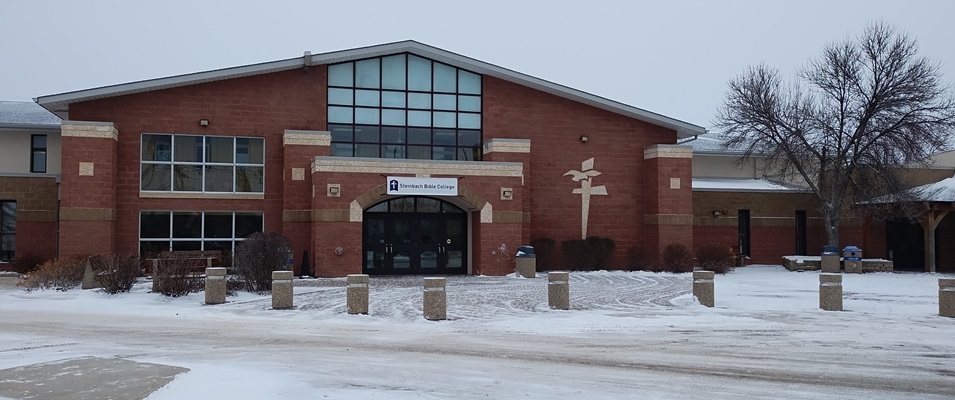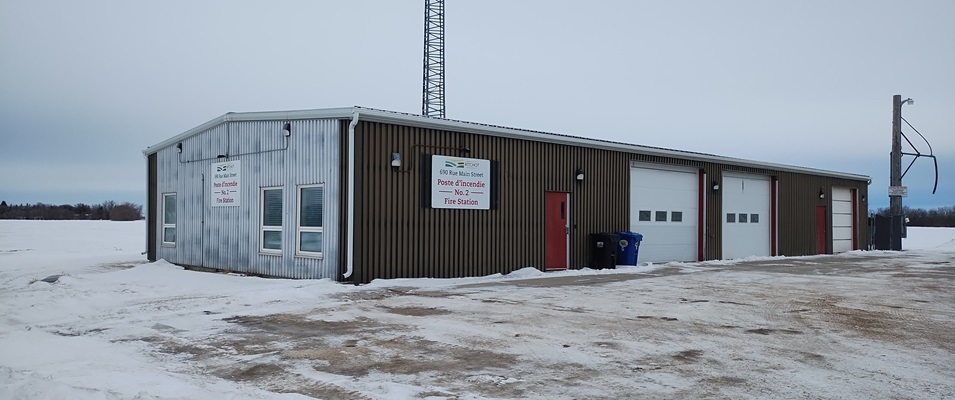
On September 15, 2015, a natural gas explosion and fire began at TransCanada’s St. Vincent Compressor Sta-
tion in Kittson County, Minnesota, just across the border from Ridgeville, Manitoba. RCMP notified a few proper-
ties along the border but no homes were evacuated.
With this recent explosion, Niverville residents wonder about the safety of these natural gas pipelines and compressor stations. Less than two years ago, a natural gas leak near Otterburne left thousands in southern Manitoba without heat for days, including residents of Niverville. Temperatures hovered around the -20C range, a very stressful experience for those without heat in their homes and businesses.
“I was fortunate enough to have a spouse with the means to devise effective temporary heating,” says Leah, who lives in Fifth Avenue Estates. “I cannot say what we would have done had he been away on business during that time. It certainly was unsettling to think that my very young son and I might have had to fend for ourselves.”
In July 2015, the Transportation Safety Board (TSB) of Canada released a report into its findings of the Otterburne explosion. The report stated that a crack in the pipeline, believed to have been there for 50 years, ruptured and caused the explosion.
According to Davis Sheremata, External Communications and Media Relations for TransCanada Corporation, many
factors led to the Otterburne explosion.
“The TSB has found that the weld, which led to the incident, had safely operated for more than 50 years; however, an unprecedented combination of circumstances including extreme frost, heavy equipment in the area and the absence of gas flow in the line for 20 days, likely caused the fracture,” he explains.
According to Sheremata, TransCanada worked around the clock to restore service and provided backup sources of heat to the more than 4,000 Manitobans affected. “After the incident, we thoroughly inspected the pipeline and related infrastructure, including a physical inspection of
all similar welds, to ensure it could be returned to service safely.”
TransCanada continues to locate and repair manufacturing defects by enhancing material specifications and construction practices which, according to Sheremata, exceed industry standards.
“Our current welding and testing processes are designed to locate small features like the one that led to the Otterburne incident,” he says. “Through our Pipeline Integrity Management Program, we are continually testing new technologies to advance our capabilities for inspecting pipelines.”
For Leah, there’s always the concern that another incident, similar to the Otterburne and Kittson County explosions, could happen.
“It was of concern to learn of the recent incident,” she says. “I am hopeful that TransCanada will be on highest alert from here on in and that additional protocols will be put into place in order to minimize risk.”
Sheremata says Trans-Canada has spent an average of $900 million per year over the last three years on pipeline
integrity and preventative maintenance programs and that safety is always top priority.
“We have demonstrated this by safely transporting over 1 billion barrels of crude oil through our Keystone Pipeline System since 2010. Keystone includes 864 kilometres of converted natural gas pipeline across the prairies. We will take similar measures used in
converting natural gas pipelines for Keystone to ensure that Energy East operates safely and with minimal impact on the environment.”
TransCanada has identified the source of the incident at the St. Vincent Compressor Station: the failure of a manufactured component on a location indicator tool used when an internal inspection was
performed on the pipe. According to TransCanada, there was no mainline pipeline
rupture, no substantial damage to equipment and facilities from the fire, and no impact on service to customers in the area.



















